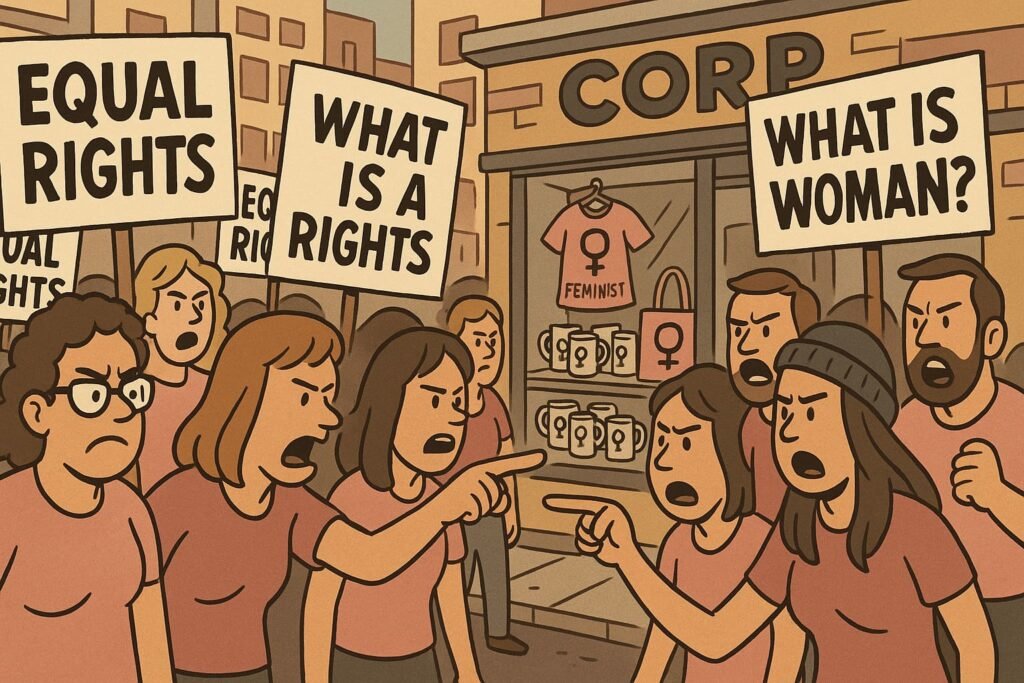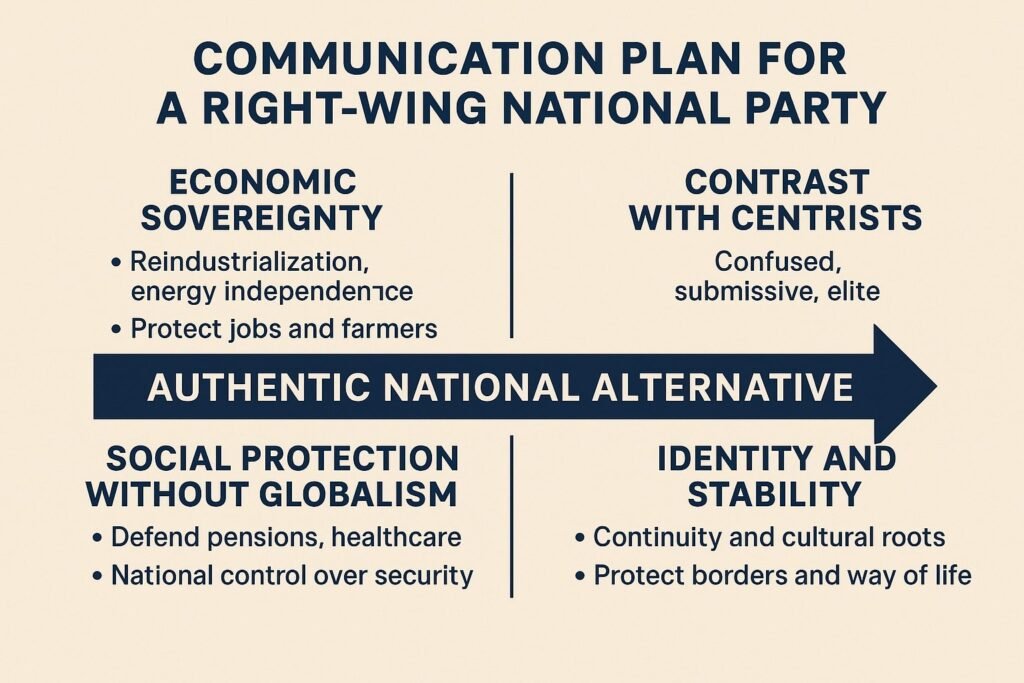Feminism – From Liberation to Confusion
The Irony of Progress
Feminism once meant equal rights—vote, work, education, dignity. Hard to argue against that. But like most good ideas, it grew, mutated, and eventually turned into something unrecognisable. Somewhere between the factory floor and the faculty lounge, the fight for equality morphed into endless theory, jargon, and gender confusion.
Table of contents
The Roots: Equal Rights, Real Battles
The first waves of feminism were about practical stuff:
- Women voting.
- Access to education.
- Protection from legal and social inequality.
These were battles against obvious barriers. Nobody today thinks women shouldn’t read, work, or own property. Those wins were genuine progress.
The Shift: From Streets to Seminar Rooms
By the late 20th century, feminism moved into universities. Here’s where things got messy. Academics armed with postmodernism and critical theory reframed gender as not just inequality—but an entire “system of oppression.”
Key imports:
- Postmodernism: Truth is subjective. Biology? Social construct.
- Critical Theory: Society is power games. Men vs. women, forever.
Instead of fighting for opportunity, feminism became obsessed with dismantling “patriarchy,” a shadowy villain blamed for everything from pay gaps to bad dates.
Gender Roles Turned Upside Down
Traditional gender roles used to be simple (too simple, sure): men provided, women nurtured. Early feminism said: women can do both. Fine. But later feminism—mixed with queer theory—said: gender isn’t real at all.
Suddenly:
- Male and female categories are “oppressive.”
- Roles aren’t just flexible—they’re meaningless.
- New identities multiply endlessly.
Result? Confusion. A movement meant to liberate women ended up erasing the category of “woman” itself.
Corporate Feminism: The Business of Virtue
By the 2000s, corporations saw an opportunity. Feminism got rebranded: pink logos, “girl boss” merch, CEOs posting hashtags on Women’s Day while outsourcing work to sweatshops.
For elites, feminism is PR. For ordinary women juggling jobs, kids, and bills—it’s slogans with little material help.
The Ironic Outcome
Feminism started as a fight against restrictions. Postmodern feminism created new ones: rules of speech, mandatory pronouns, endless identity audits. Instead of unity, we got factionalism. Instead of liberation, confusion.
From Rights to Rules
Feminism’s early victories were universal. Its later theories narrowed into identity politics—less about equal footing, more about endless debates on who is more oppressed. The irony? In trying to dismantle gender roles, postmodern feminism blurred the very meaning of gender until nobody knows what’s left.
→ Link to Women’s Rights (continuity of the struggle), Sex in Law (legal protections), Fairness in Sport and Women’s Spaces (practical consequences of feminism’s legacy).
Visit our Women & Biology Explainer Hub to see how law, sport, rights, and safeguarding all collide with ideology.
FAQ
Q: What was the original goal of feminism?
Equal rights—vote, education, work, and legal protections.
Q: How did postmodernism influence feminism?
It reframed gender as a social construct and oppression as everywhere, shifting the focus from equality to ideology.
Q: Why is modern feminism confusing?
Because it dismantled clear categories like “man” and “woman,” replacing them with endless fluid identities.
Q: How did corporations adopt feminism?
Through branding and PR campaigns—using feminist slogans while maintaining exploitative practices.



